[This is just one of many articles in the author’s Astronomy Digest.]
As the angular sizes of the planets is measured in arc seconds, observing them is greatly determined by how good the ‘seeing’ is – a measure of how much the atmosphere is distorting the images.
Long Range Effects
The atmosphere is made up of cells of differing refractive index whose effect is to act like prisms deflecting the light which, as they pass across the line of sight, make the image of a star move about. At most observing sites in the UK the atmospheric cells usually range from about 4 to 8 inches in diameter but they can vary tremendously in size – perhaps up to 15 inches in diameter at the Very Large Telescope in Chile.
If the telescope aperture is equal or less than the cell size the image moves around but, when a single cell is in the line of sight, the image will be sharp so one will have brief periods when planetary details can be seen.
[The technique called ‘lucky imaging’ takes many very short exposures then selects the sharpest images which are aligned and stacked to provide high quality images.] But, if the telescope aperture is larger than the cell size, the images from adjacent cells will overlap and blur the image (though it will appear steadier). So, if the seeing is not that good, a smaller aperture telescope may well let you see more detail. If one has a large aperture telescope, one can sometimes observe better detail by reducing the effective size of a large aperture by using a sub aperture mask.
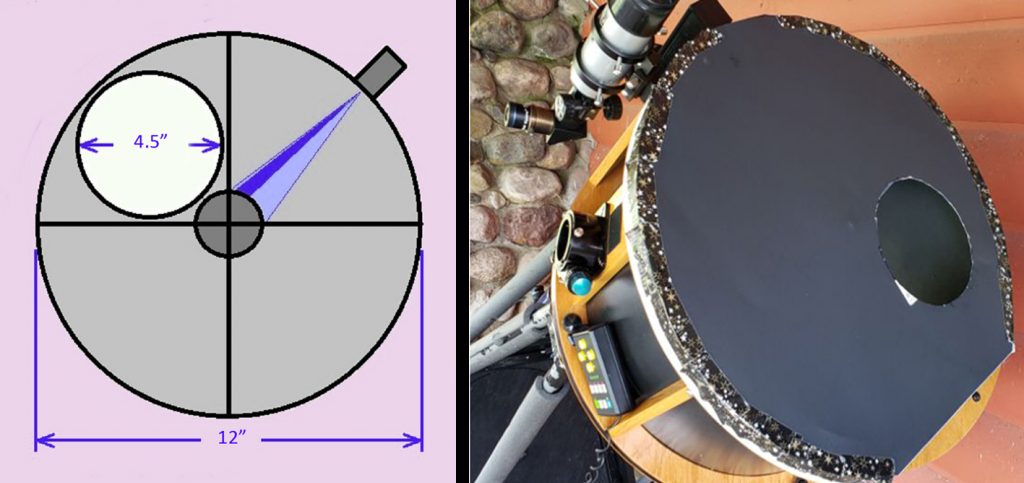
A measure of the ‘Seeing’
If a long exposure – say 1 second – is taken, a blurred image of a star will result which will depend on the amount by which the stellar image is moving around during the period of the exposure. The stellar image may then have a Gaussian shape and the seeing is measured by taking the width in arc seconds at half the maximum brightness. This is called the ‘Full Width at Half Maximum’, FWHM.
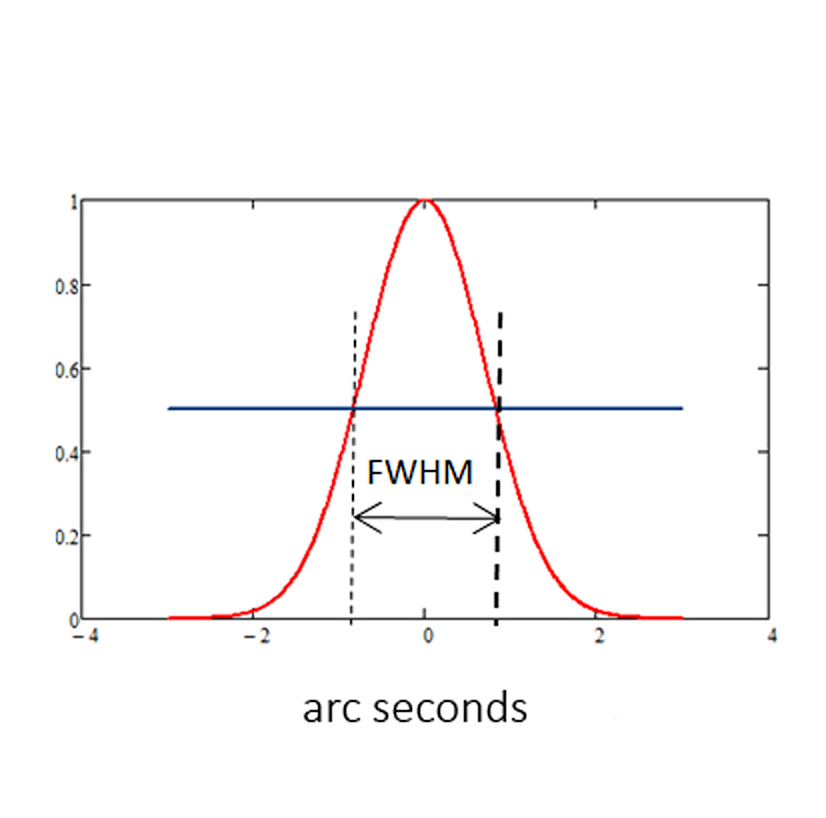
The ‘Pickering Scale’ is a measure of the seeing based on the FWHM of stellar images, ranging from 10, essentially perfect stellar images, to 1, when the seeing is exceptionally bad.

p1. Star image is usually about twice the diameter of the third diffraction ring if the ring could be seen; star image 13″ in diameter.
p2. Image occasionally twice the diameter of the third ring (13″).
p3. Image about the same diameter as the third ring (6.7″), and brighter at the centre.
p4. The central Airy diffraction disk often visible; arcs of diffraction rings sometimes seen on brighter stars.
p5. Airy disk always visible; arcs frequently seen on brighter stars.
p6. Airy disk always visible; short arcs constantly seen.
p7. Disk sometimes sharply defined; diffraction rings seen as long arcs or complete circles.
p8. Disk always sharply defined rings seen as long arcs or complete circles, but always in motion.
p9. The inner diffraction ring is stationary. Outer rings momentarily stationary.
p10. The complete diffraction pattern is stationary.
On this scale 1-2 is very poor, 3-4 is poor, 5 is fair, 6-7 is good, 7-8 very good, and 8-10 excellent.
Some examples
The Hubble Space Telescope 0.1 arc seconds
Mountain in Chile 0.4 arc seconds
Good Earth Site 1 arc second
Typical Location 2-3 arc seconds
Ways to try and estimate whether seeing is going to be good or not
The twinkling of stars
A quick test of the seeing is to simply observe the stars. If, when at high elevation, they are twinkling quickly the seeing will not be good but, if they twinkle little and slowly, the seeing should be better – but beware, if the seeing is really bad the twinkling can be so fast that the eye (having an exposure time of ~1/10 second) cannot follow it and the stars will not appear to twinkle.
Ground and temperature difference
One method is use an infrared radiation thermometer and measure the sky and ground temperatures. There is generally about a 30 degree Celsius difference but if it is as little has 10 to 20 degrees this indicates high humidity in the atmosphere and seeing will generally be better but, on the other hand, the transparency will be poor.
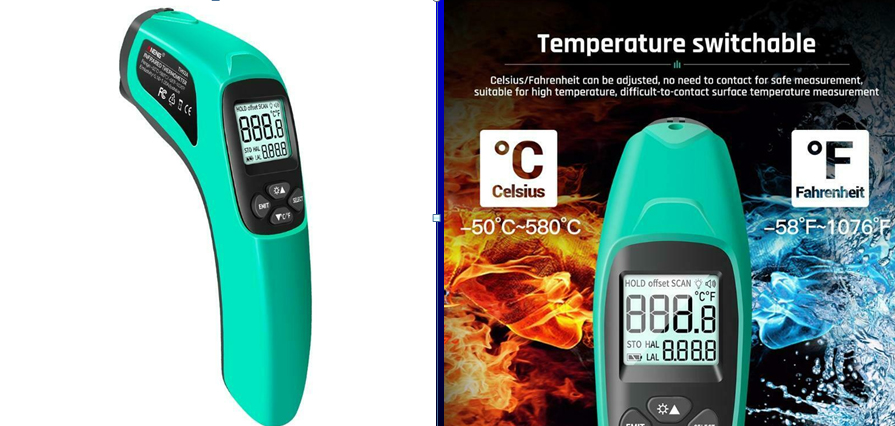
Temperature Inversions
Under normal situations in our atmosphere the temperature decreases with altitude but this can invert under certain conditions. When a strong high pressure area stays for long overhead the temperature above a given altitude can then be greater than that found just over the ground and this is then called a thermal inversion. Because convection will have stopped, the ground air is not allowed to rise anymore and so the atmosphere will be very steady providing excellent telescopic images. Unfortunately, this is often accompanied by fog – if it remains faint there is no real problem but it can easily thicken and might end up completely obstructing our view.
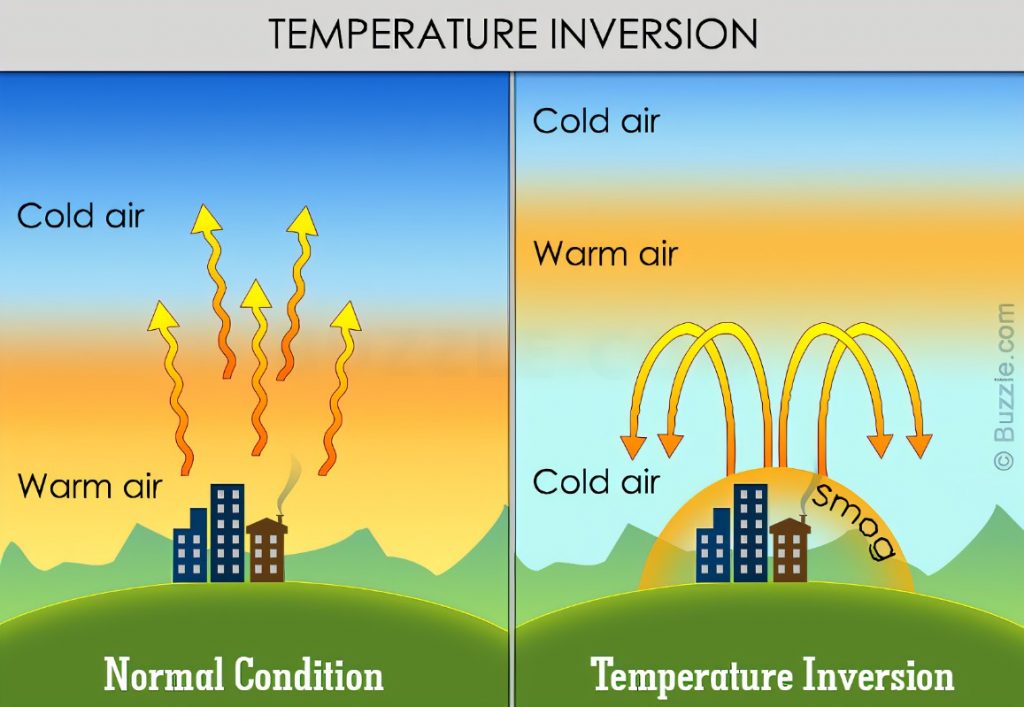
Plane Contrails
Plane contrails at medium heights can be an indication of good or bad seeing. If they’re long and do not break up, this means that the wind speeds are low and even. This could well mean an exceptional observing night will follow but if, on the other hand, the contrails are broken it implies that the winds are uneven or, if short, it implies that the air is cold and the humidity is low so seeing will not be good. However, low humidity air has a high transparency and so good for observing deep sky objects.
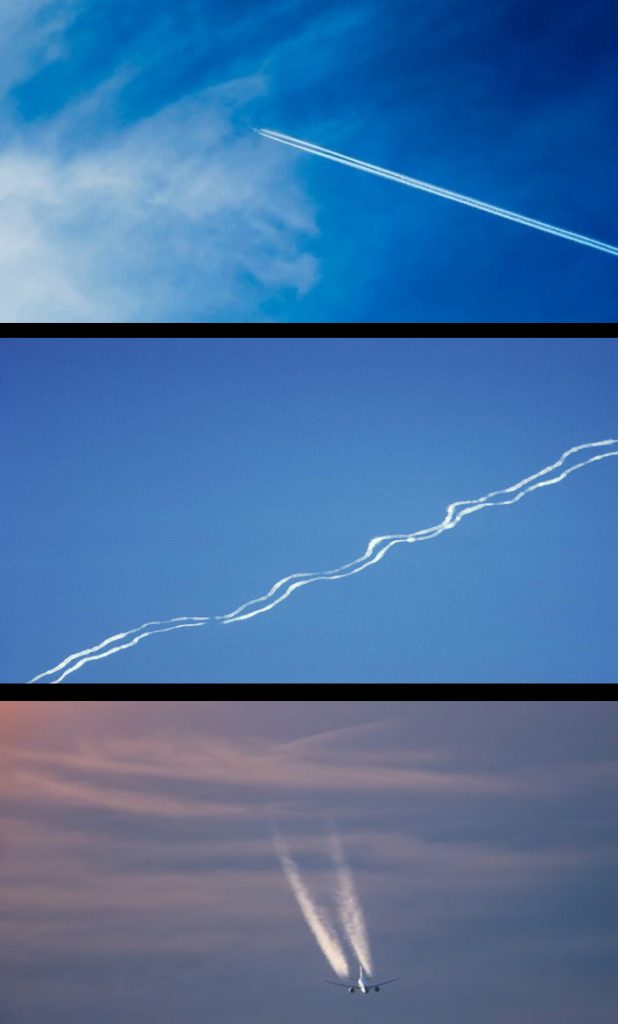
Weather Charts
We can look at weather charts; following a cold front the air is likely to be turbulent but preceding one the air is warmer and more stable.
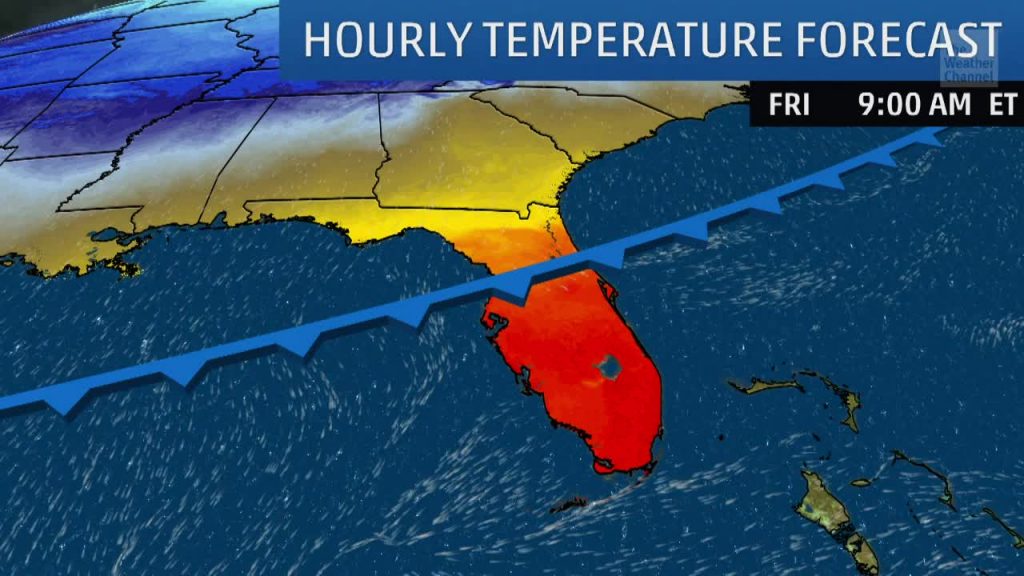
Cloud types and shape
Following cumulus clouds in the daytime, the seeing will be poor for several hours after sunset. Light winds and high altitude linear cirrus clouds indicate good seeing conditions.
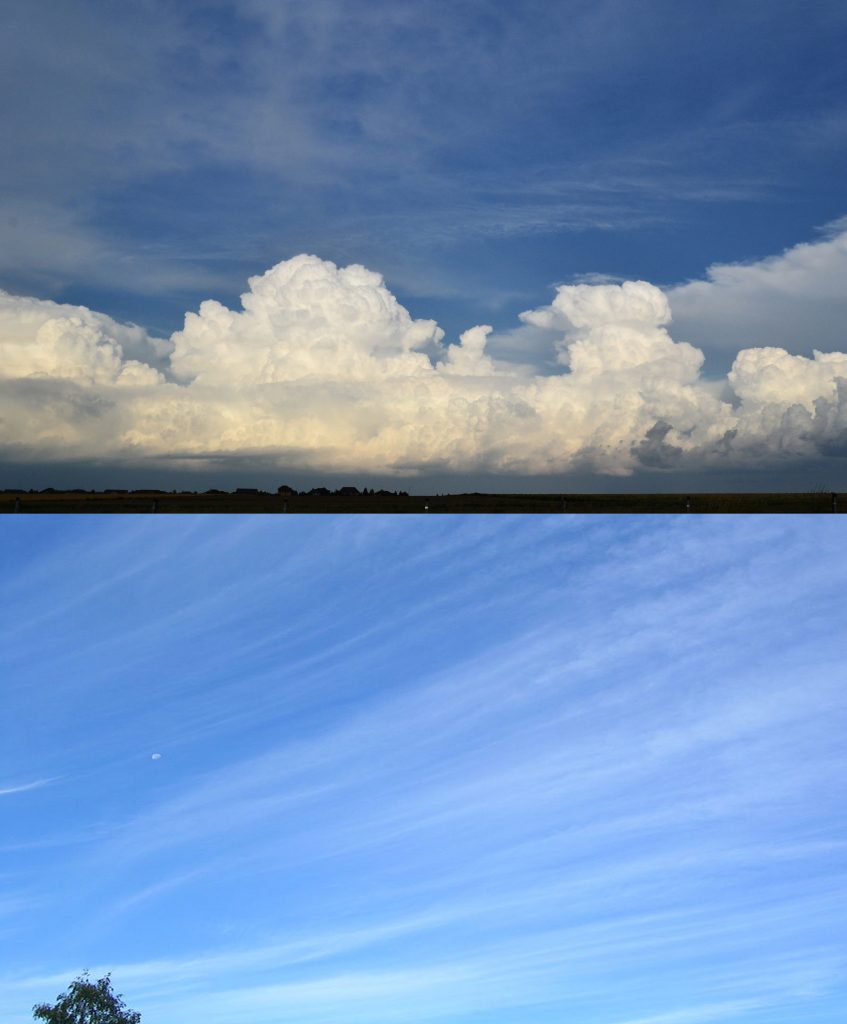
Wind direction
The wind direction plays a part; if the air comes from the north is called ‘polar maritime air’ which can be very turbulent so not so good for planetary observing but if the air comes from the South and there is high pressure it will provide better seeing conditions.
The Jet Stream
Web programmes allows one to observe the wind speeds at differing heights and the height to look for is around 9,000 metres which is essentially observing the height of the jet stream. When the jet stream lies overhead, the seeing will usually be bad.
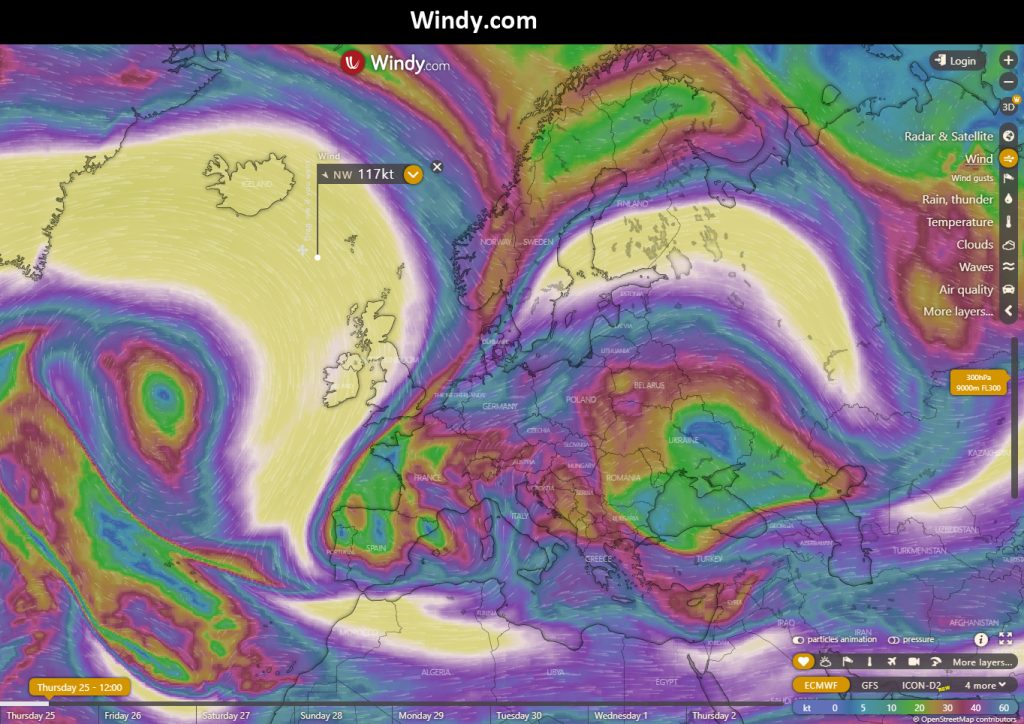
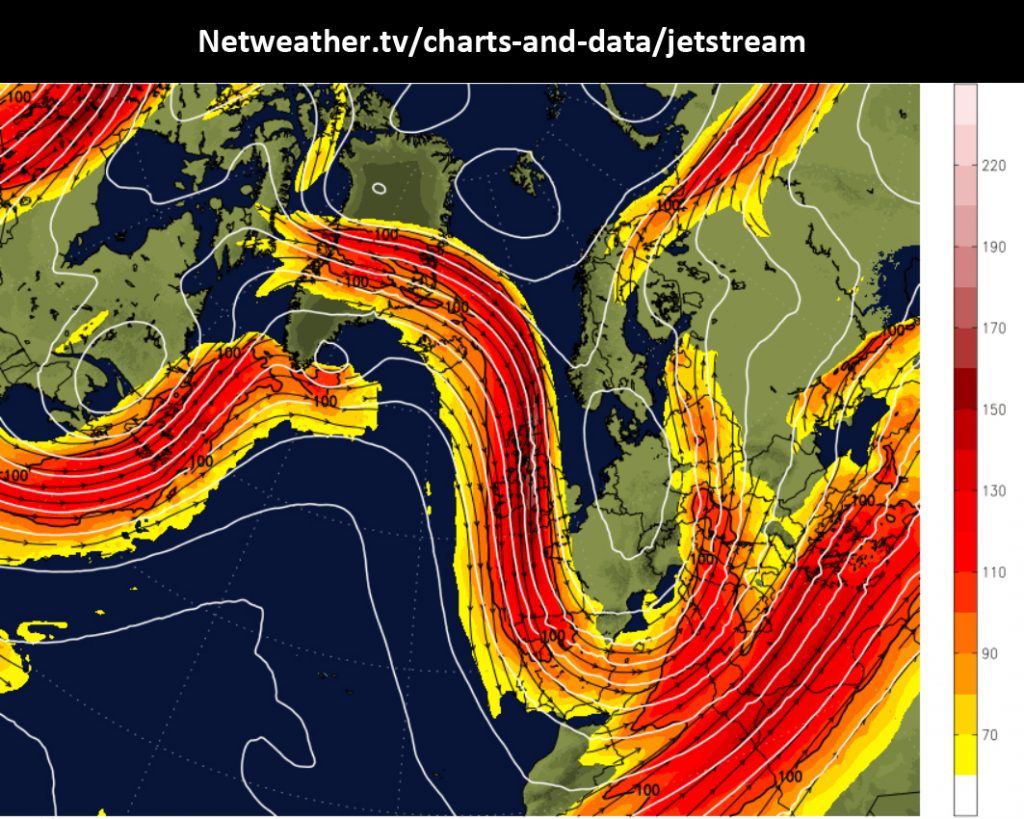
Meteoblue – a predictor of the seeing, jet stream speed and humidity
This excellent website has a section related to atmospheric seeing.
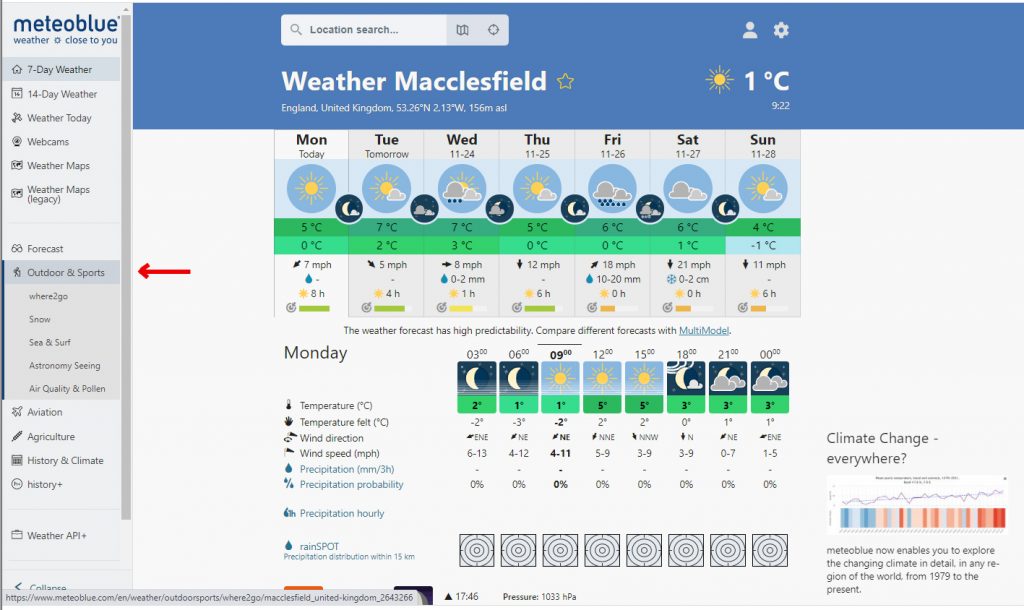
This gives an estimate of the seeing in arc seconds, the jet stream speed overhead and also the relative humidity.
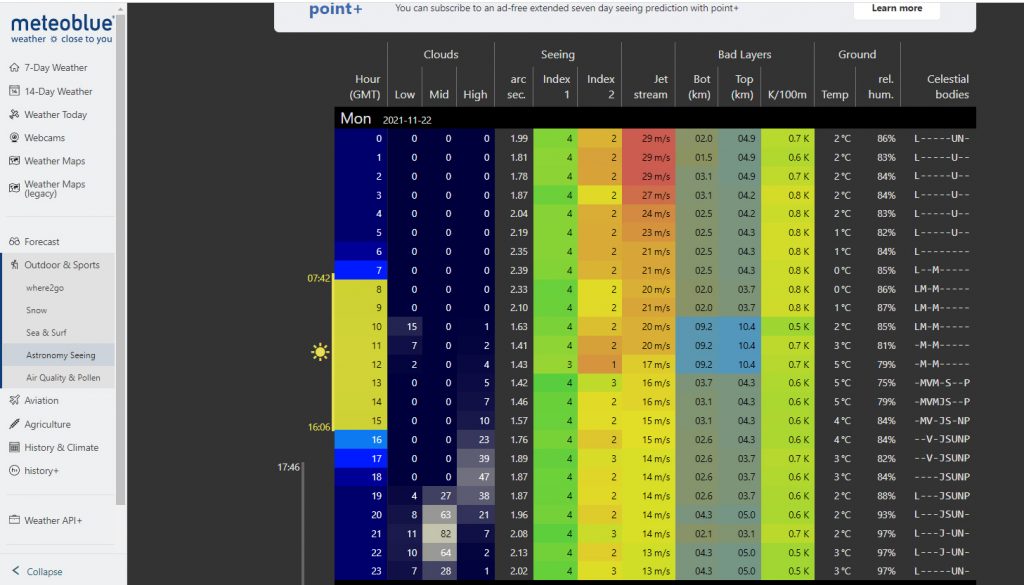
Observing location
The wind flowing across sea or flat land before hills may well give a fairly linear air flow making for excellent observing conditions but, as the air flows over the top of hills, on their further side the air tends to become turbulent and the seeing will not be so good. Locations in the UK such as South Pembrokeshire, Cornwall, and the Isle of Wight and could well be good. Looking at a topographic chart one can see there’s quite a large flat area, called the Fens, south of the wash which could indicate that somewhere like Kings Lynn on the wash could be a good location.
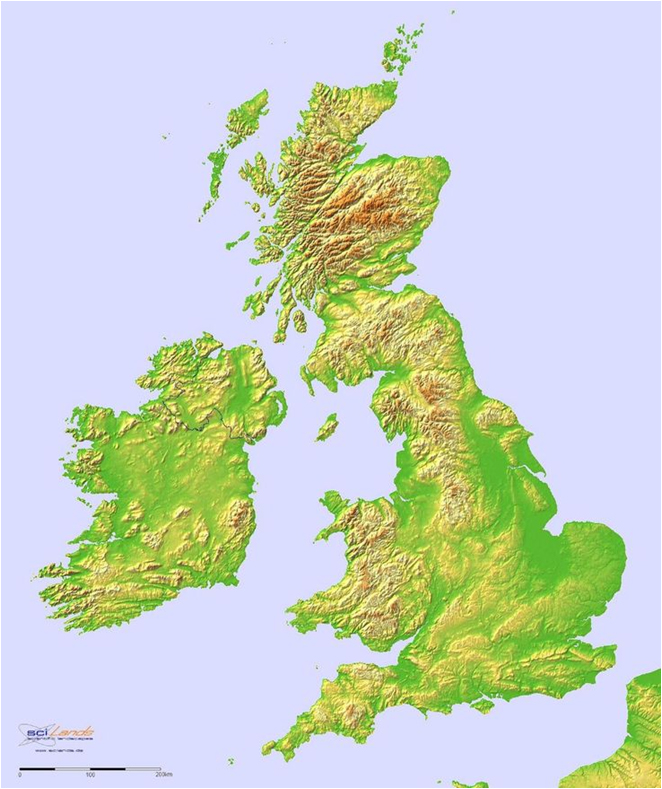
In fact there is a very nice article on atmospheric seeing written by Damian Peach who spent some years in Kings Lynn who found that on around one third of clear nights had ‘good to excellent’ seeing. There is some proof of this as seen in his lovely image of Jupiter using a 14 inch Celestron Schmidt-Cassegrain from Kings Lynn in 2013 when Jupiter was far higher in the sky (about 65 degrees elevation) than it is at the present time. So it does show that even in the United Kingdom one can, at times, take wonderful images of the planets.
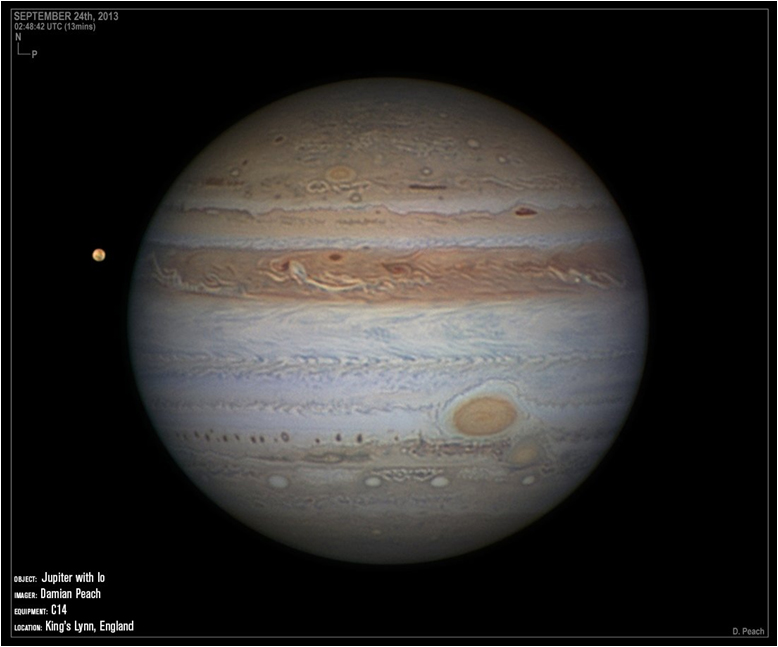
Near ground effects
Near the ground the atmosphere tends to be turbulent caused mainly by areas of houses and other buildings of varying density radiating heat which result in local convection currents. The Sun heats the ground and buildings during the day and the heat is then radiated away during the night. Fields of grass or large bodies of water are good sites to observe from, as they radiate the heat stored during the day more slowly and equally. One of the world’s top Solar telescopes − the Big Bear Solar Observatory − rises out of a lake so that it is almost totally surrounded by water in order to minimise any local thermal effects. An obvious piece of related advice is that when observing the planets, particularly in winter, is not to observe them over rooftops as the turbulence caused by the escaping heat will severely degrade the image.
Observatories
A problem with observatories is that they can trap heat during the day and release it during the evening and night so that the telescope is looking through turbulent air until its interior has cooled down to ambient temperature. It is said that Roll on – Roll off observatories are better in this respect. One can use a fan to circulate outside air through the observatory during the day to help mitigate this effect. A mount located in a garden without an observatory (covered, of course, unless it is in use) can actually be better but is by no means so convenient to use at it will require both setting up prior to observing and taking down at its end.
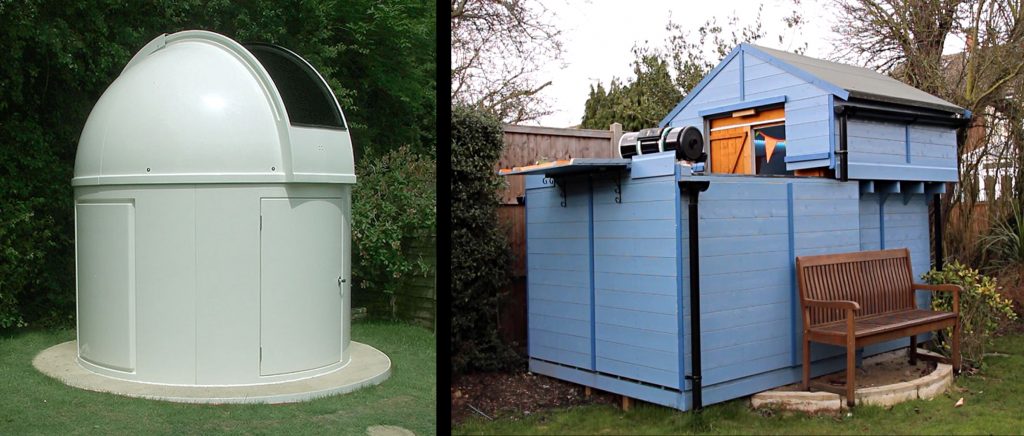
Tube Currents
If the interior of the telescope tube is warmer than the ambient temperature, air current inside will distort the images and an out-of-focus star may appear to be ‘bleeding’.
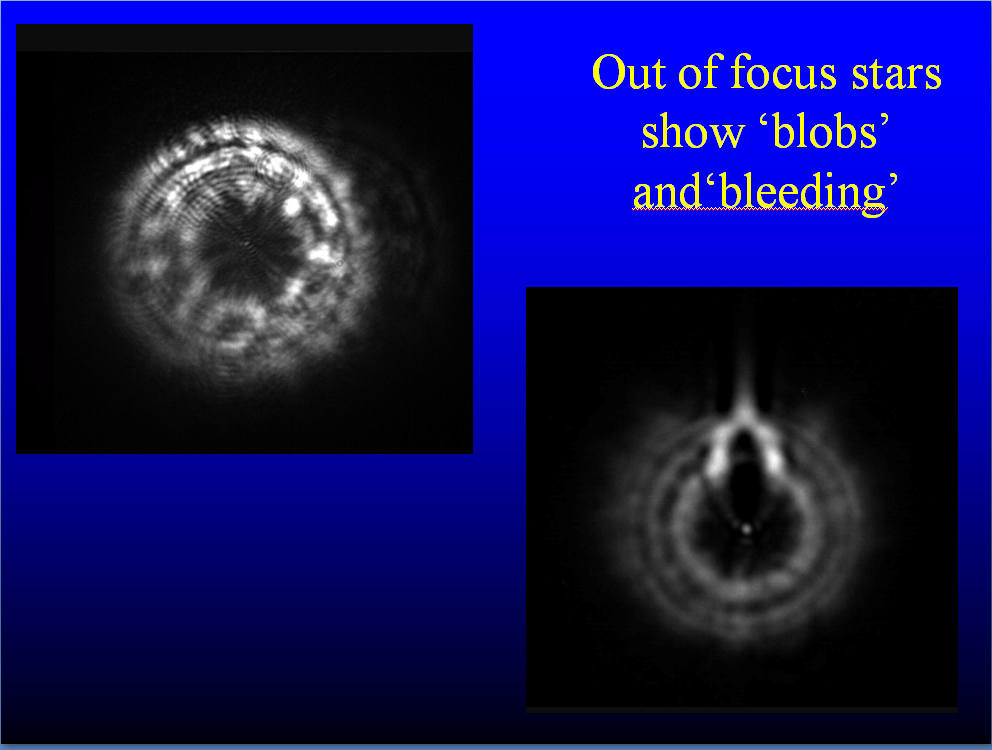
In refractors, the light travels down the tune assembly just once, in Newtonians twice and Catadioptric telescopes three times making the effects of tube currents greater.

Closed tube telescopes such as Schmidt-Cassegrains and Maksutovs will require a longer cool down period than Newtonians or Cassegrains. So some advice: keep telescopes in a cool (but not damp) location and bring outside some hours before observing and imaging. It is possible to buy a device such as the Lymax SCT cooler to inject filtered air into the interior of a Schmidt-Cassegrain as seen below. It is best to keep these inside a sealed plastic bag when not in use and switch on the fan for a short while before inserting into the telescope to remove any dust.

An example of ground effects – a ‘Tale of two Scopes’
When Mars was closest to the Earth in August 2003, the Macclesfield Astronomical Society held a star party at Jodrell Bank and quite a number of telescopes were set up to observe it. As the evening progressed a consensus arose that two scopes were giving particularly good images: my own FS102, 4-inch Takahashi Fluorite Refractor (at around £2,500 pounds with its mount) and an 8-inch, f/6, Dobsonian Newtonian newly bought for just over £200. (Current prices in the image below.) I personally preferred the view through the f6 Newtonian but others though that the, f/8.1, FS102 gave a slightly better image so we will call it a draw.

The majority of scopes had been set up on a large concrete patio outside our visitor centre providing an excellent flat surface, but the FS102 and Dobsonian were on grass and not observing over the patio. This, I believe, was the major reason why these two scopes had performed so well. During the day (remember it was August) the concrete will have absorbed heat which is then released during the evening causing localized air turbulence through which the scopes mounted on the patio were viewing Mars. It is not therefore surprising, that the two mounted on grass should perform better. [A related point: one does not have to spend large amounts of money to obtain exquisite views of the heavens!]
